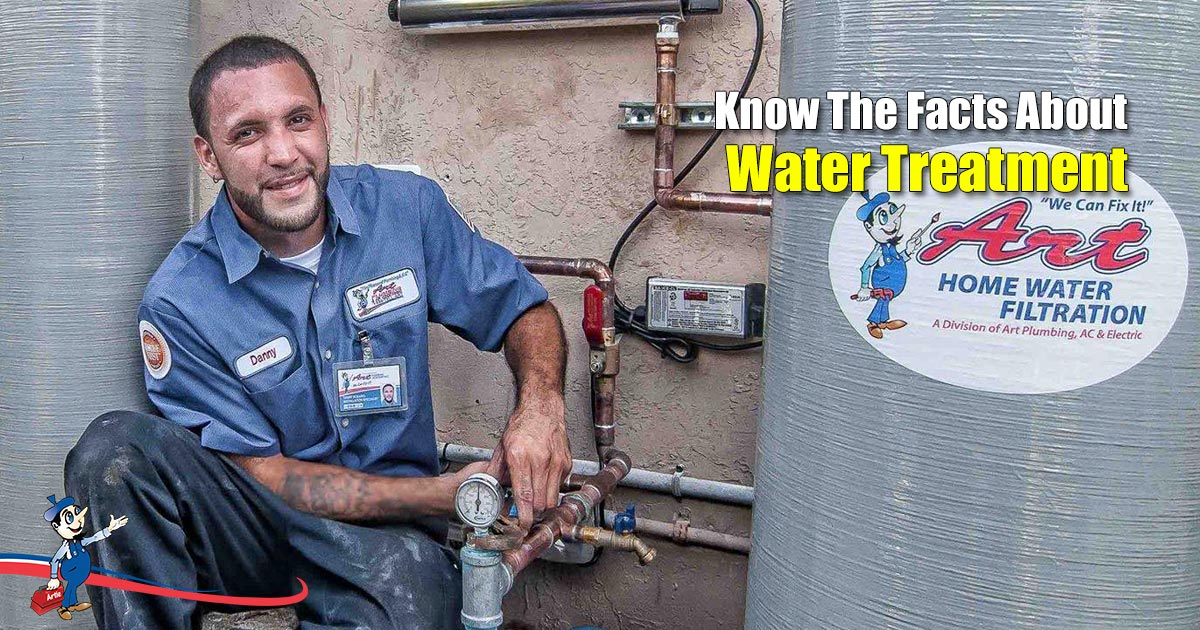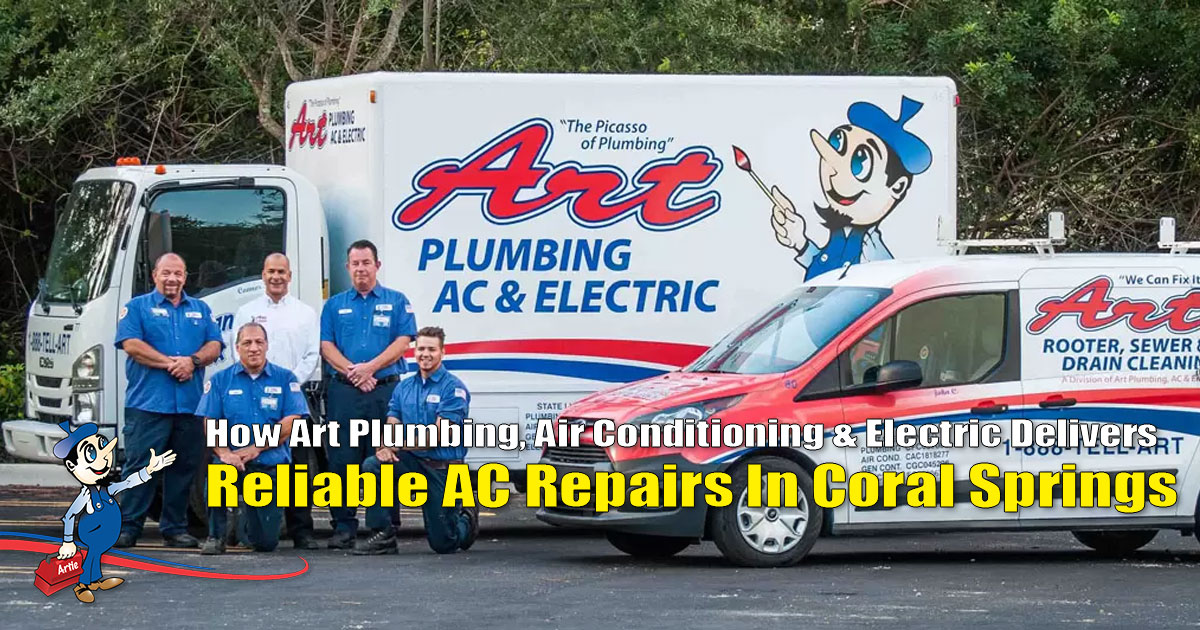Know The Facts About Water Treatment

The United States is known to supply the safest drinking water in the world, but the average American doesn’t give much thought to the water source or the systems that are in place to ensure that the water is free from contaminants and safe for human consumption. Here are some water treatment facts you should know before drinking your next cup of water.
Let’s trace the water from its source to your tap, and discover the various methods the Environmental Protection Agency (EPA) has put in place to ensure that the water you drink and use daily, is free from disease-causing, waterborne germs like Cryptosporidium, E Coli, Hepatitis A, Giardia intestinalis, and other dangerous contaminants.
What Is In Your Untreated Water?
All water is contaminated in some way, but all drinking water is treated then tested and has to comply with EPA standards. Apart from disease-causing germs, some other contaminants found in water before treatment are:
Arsenic
This heavy metal leeches into the water from the ground or industrial waste. Consumption of arsenic has been linked to:
- Lung, bladder, kidney, and skin cancer
- Cardiac disease
- Central and peripheral nervous system defects
- Reproduction problems
- Birth defects
Flouride
In the correct quantity, Flouride plays a huge role in preventing tooth decay, but any dosage of Flouride above 0.7mg/l in drinking water is considered toxic and can result in dental fluorosis, poisoning, various cancers and worst-case scenario, death.
Chromium
Chromium, a known carcinogen, seeps into the groundwater and soil from chromate producing industrial processes like the making of mortar, paint, and leather goods. Stomach cancer, kidney and liver failure, premature dementia, and contact dermatitis have all been linked to chromium ingestion or exposure.
Lead
Lead is introduced into the water via pipes that still contain lead (these pipes have been banned since 1986). This heavy metal is very toxic to children. Exposure to lead can lead to problems with their nervous system, anemia, seizures, and even death. The Broward County Health Department can be contacted for free lead testing. The maximum amount of lead permitted in water is 0.01mg/ml.
How Is Water Treated Before It Reaches Your Taps?
Public drinking water systems use various methods to ensure that water is safe for human consumption. The exact methods used may differ slightly between communities, as the source and quality of water differ.
Surface water from lakes, rivers, and streams contain more pollutants and sediment and is more likely to be contaminated, so it will require more filtration and disinfection than water sourced from the ground.
The most common surface water treatment has four stages:
1. Coagulation and Flocculation
This is the first step in water treatment. Chemicals with a positive charge are added to neutralize the negative charge of dirt and other dissolved particles. The particles bind with the chemicals to form larger particles called floc.
2. Sedimentation
The floc, because of its weight, settles to the bottom of the water supply, and this stage is referred to as sedimentation.
3. Filtration
Once the floc has settled during sedimentation, the clear water on top passes through various filters (sand, gravel, and charcoal). This process removes any particles like dust, parasites, bacteria, viruses, and chemicals from the water.
4. Disinfection
Once the water has passed through all the filters in the previous stage, it is disinfected. Carefully calculated doses of chlorine or chloramine are added to kill any remaining parasites, bacteria, and viruses and to protect the water against germs when flowing through the pipes of homes and businesses.
Every community water supplier has to obtain, and make freely available, an annual Consumer Confidence Report (CCR) that states:
- The water source
- The water quality
- Any contaminants found
- How the community can get involved in protecting the water
Household Water Treatment
Despite the EPA setting and enforcing the standard for safe public drinking water, some households choose to further treat their water with home water treatments for the following reasons:
- They want to remove specific contaminants
- A member of their household may have a compromised immune system
- They want to improve the taste of the drinking water.
Household water treatment systems can be installed at:
- The point of entry – The system is installed after the water meter and treats most of the water entering the residence.
- The point of use – The water is treated in batches and delivered to a specific tap in the bathroom and/or kitchen.
Point Of Entry Devices
There are a few different systems used at the point of water entry. Three of the main systems are:
- Absorptive media – liquid, solid or suspended matter adhere to the surface pores of solid material (e.g. carbon filters)
- Aerators – Water is forced to travel over air jets and contaminants that turn into gasses are removed. This system is expensive and difficult to maintain.
- Water softener – A system where Sodium and Potassium Chloride are introduced to neutralize the Calcium and Magnesium that result in water “hardness.” An Ion exchange water softener also removes Radium and Barium while removing hardness.
Point Of Use Devices
These devices are commonly used and at times less expensive than the point of entry devices:
- Filter pitchers – Affordable and commonly used, this system uses granular activated carbon and resins to trap contaminants. These filters have a shelf life and need to be replaced regularly.
- Filters attached to faucets or under sinks – They use the same technique as the pour-through pitcher and also have a shelf life and need regular replacing.
- Distillers – Water is heated to boiling point and the condensation (water vapor) is collected, killing microbes and leaving contaminants behind. Distilled water may taste flat as the oxygen and natural minerals are removed.
- Reverse Osmosis – With this system, water is forced through a semi-permeable membrane under pressure, leaving contaminants behind.
More questions concerning water treatment? Contact Art Plumbing, Air Conditioning & Electric at 1-800-475-1504 for all your water filtration needs.



